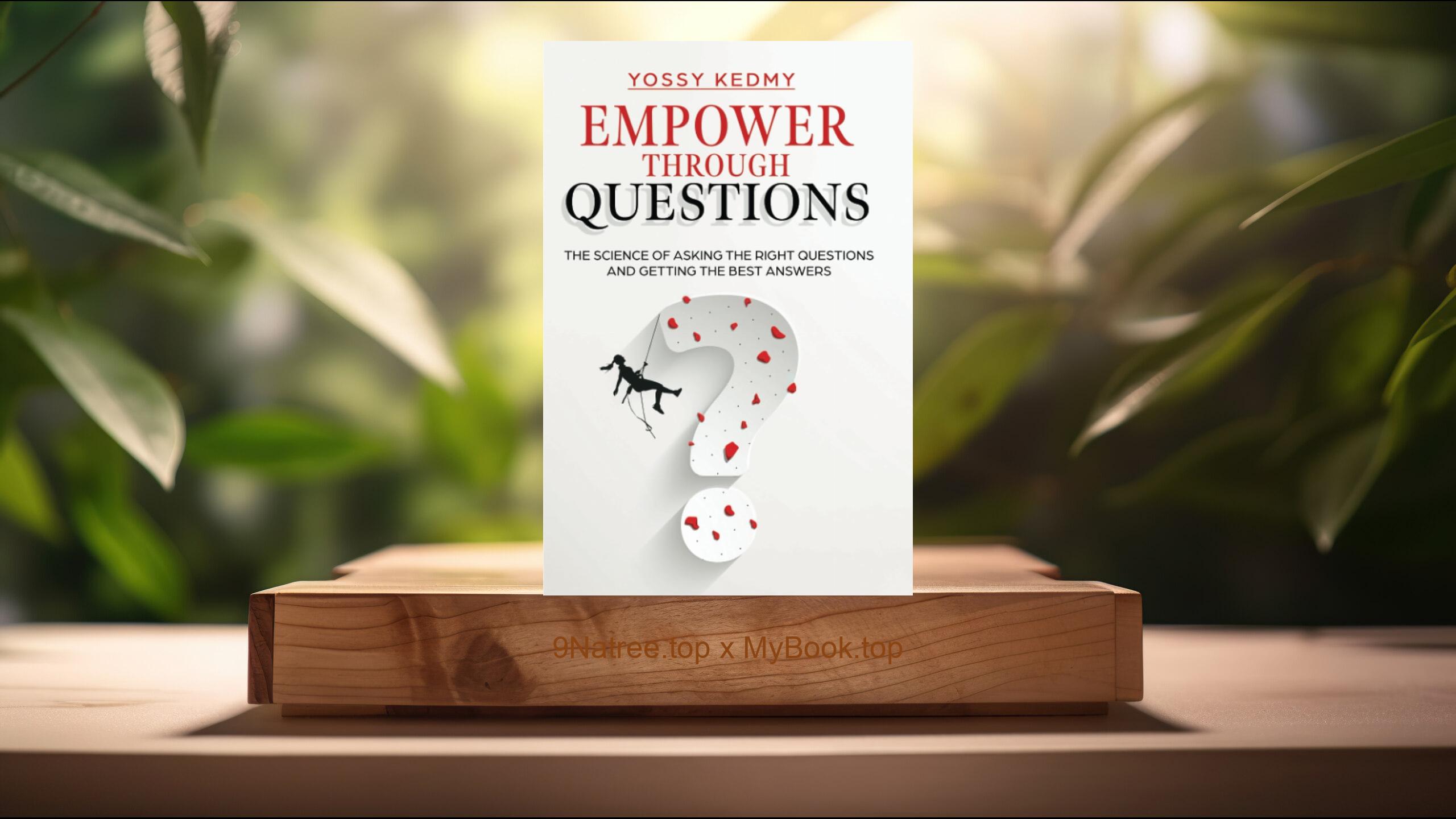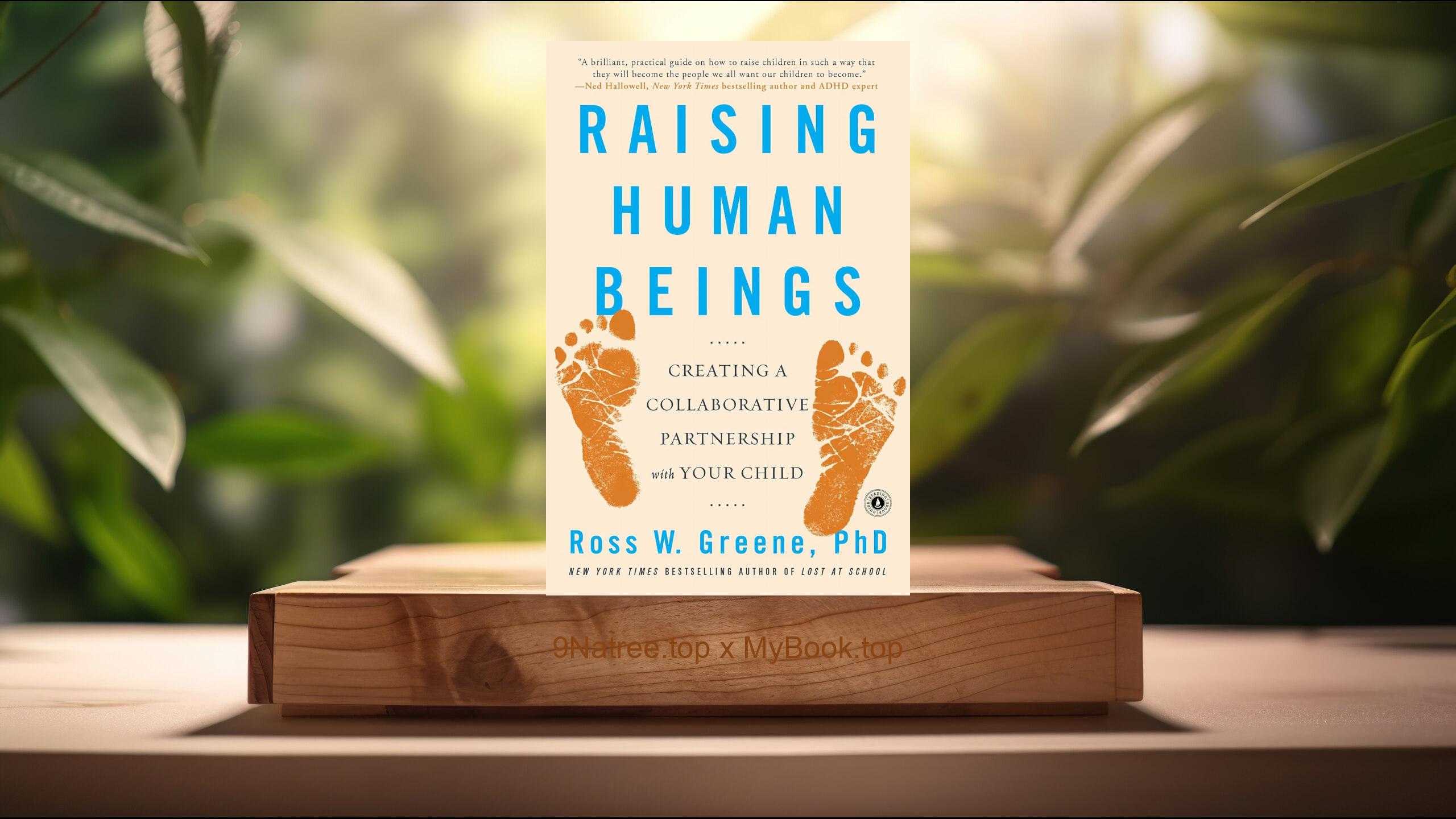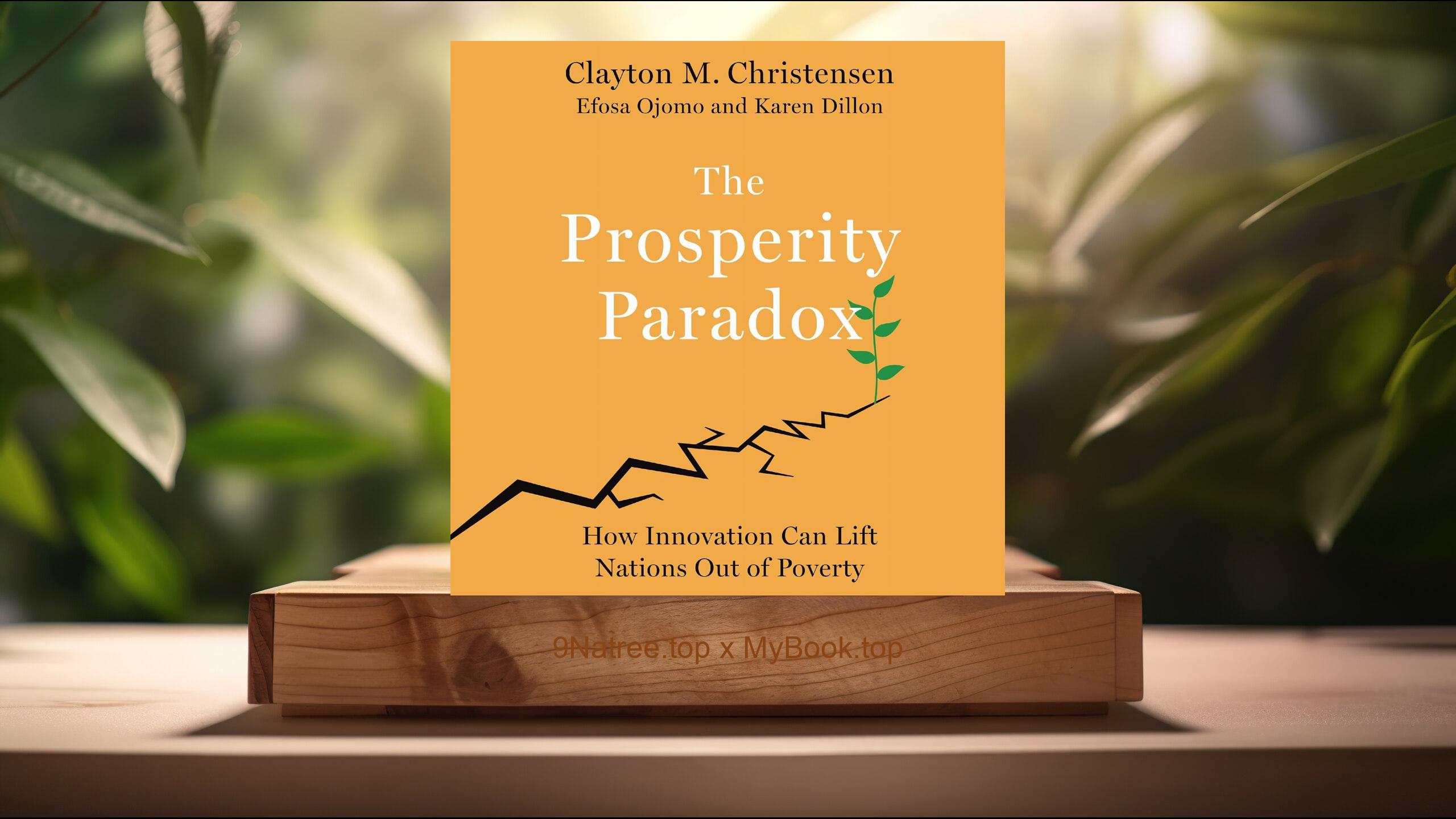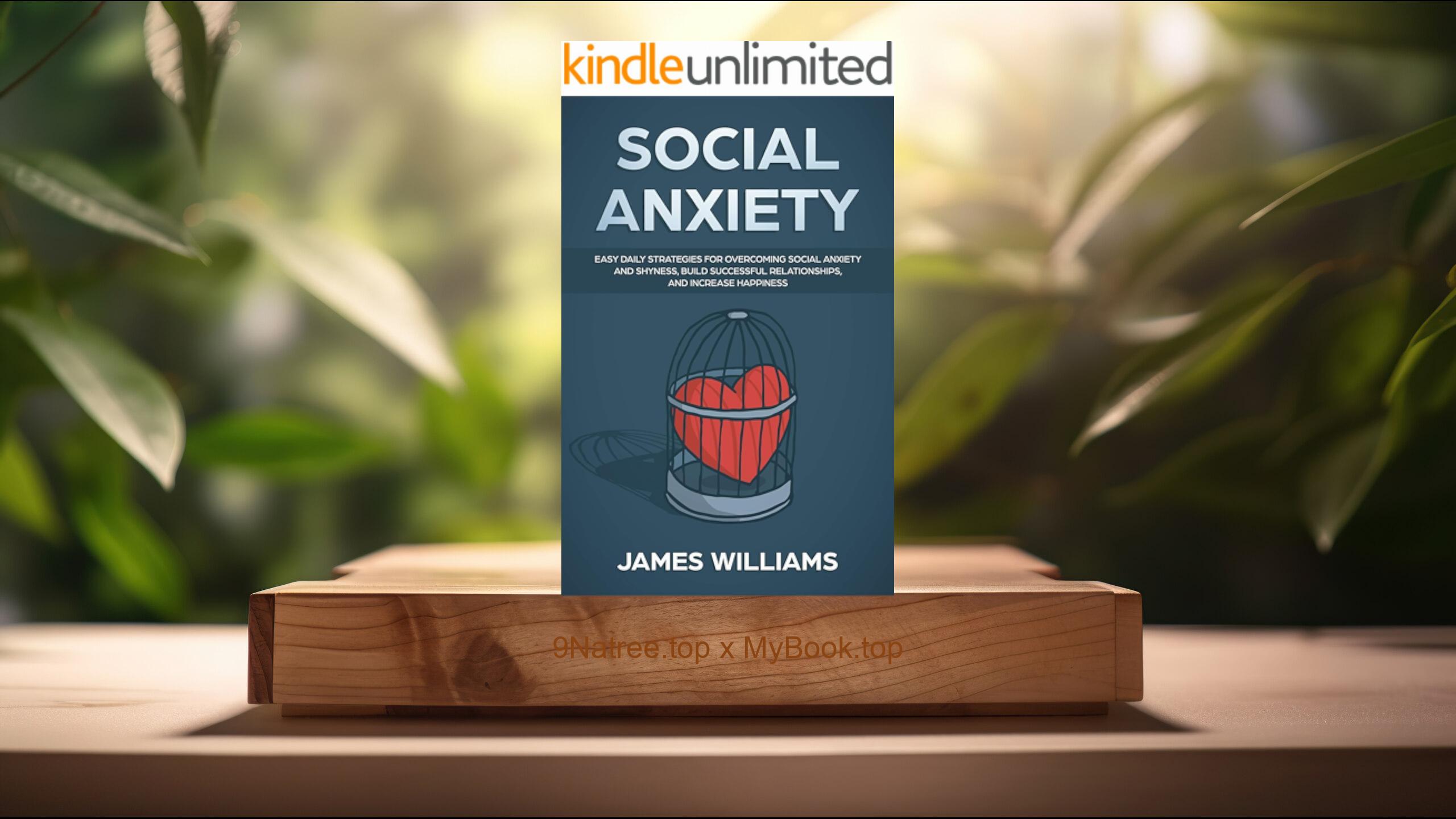Show Notes
- Amazon USA Store: https://www.amazon.com/dp/B076B5NXYQ?tag=9natree-20
- Amazon Worldwide Store: https://global.buys.trade/The-Happiness-Curve-Why-Life-Gets-Better-After-50-Jonathan-Rauch.html
- eBay: https://www.ebay.com/sch/i.html?_nkw=The+Happiness+Curve+Why+Life+Gets+Better+After+50+Jonathan+Rauch+&mkcid=1&mkrid=711-53200-19255-0&siteid=0&campid=5339060787&customid=9natree&toolid=10001&mkevt=1
- Read more: https://mybook.top/read/B076B5NXYQ/
#happinesscurve #midlifetransition #agingbenefits #lifesatisfaction #personalgrowth #TheHappinessCurve
These are takeaways from this book.
Firstly, The U-Shaped Happiness Curve, Jonathan Rauch explores the concept of the U-shaped happiness curve, which asserts that life satisfaction follows a trajectory that usually dips in midlife before rising again as we age. This topic is crucial to understanding the book's core premise, as it challenges the assumption that happiness decreases with age. The U-shaped pattern is well-documented, with evidence from various cultures and demographic groups indicating that individuals tend to experience a decline in happiness from early adulthood, reaching a nadir in their 40s or early 50s, and then rising steadily into old age. This curve is not merely anecdotal; it is backed by empirical research conducted across different countries. Rauch delves into why this decline occurs, attributing it to a combination of factors, including the unfulfilled expectations set in youth, the burden of responsibilities in midlife, and a tendency towards self-reflection that can lead to dissatisfaction. The happiness curve concept reframes midlife struggles as a natural and temporary phase, promising hope and an eventual upswing in contentment. Understanding this curve helps individuals prepare for and navigate their 40s with the expectation of improved life satisfaction in the coming decades.
Secondly, Midlife Dissatisfaction as a Natural Transition, In The Happiness Curve, Rauch posits that midlife dissatisfaction should not be perceived as a crisis but rather as a normal and necessary phase in the journey of life satisfaction. This topic explores the reasons behind midlife discontent and how recognizing it as a transition can empower individuals to embrace their midlife years with a more positive outlook. According to Rauch, people at midlife often grapple with a sense of unfulfillment as they reflect on their accomplishments, realizing that some of their youthful ambitions remain unachieved. This period can bring about existential questions and a reassessment of one's priorities, leading to feelings of unrest and dissatisfaction. However, instead of viewing these feelings as negative, Rauch suggests they are crucial for personal growth and transformation. He argues that this dissatisfaction can act as a catalyst for redefining goals, pursuing new interests, and ultimately realigning life paths in ways that enhance happiness. By repositioning midlife dissatisfaction as part of the happiness curve, readers are encouraged to see their struggles as temporary and potentially beneficial, setting the stage for increased contentment in later years. Rauch provides insights into how embracing change and managing expectations during this period can facilitate a smoother transition and lead to greater fulfillment.
Thirdly, Cultural and Personal Perspectives on Aging, Rauch delves into the cultural and personal dimensions of aging by presenting diverse perspectives on how aging is viewed and experienced across the globe. This section of the book emphasizes that cultural narratives and personal attitudes significantly shape our experiences of aging and happiness. In many Western societies, aging is often portrayed in a negative light, associated with decline and loss. These cultural biases can influence individual perceptions, contributing to feelings of anxiety and dissatisfaction as people approach midlife. Conversely, numerous cultures around the world revere the aging process, celebrating the wisdom, serenity, and experience that come with growing older. Rauch argues that embracing a more positive cultural narrative about aging can have a profound effect on an individual's contentment and mindset as they age. Through personal stories and cross-cultural examples, the book illustrates how adopting an open, accepting attitude towards aging can enhance one's happiness. Rauch also discusses how personal circumstances, such as relationships, career achievements, and health status, intersect with cultural factors, highlighting that while the happiness curve is a common phenomenon, its specific manifestation is influenced by both personal and societal contexts. By understanding these influences, individuals can proactively shape their perceptions and experiences of aging, ultimately enhancing their overall happiness.
Fourthly, Strategies for Improving Happiness in Later Life, The Happiness Curve offers numerous strategies to help individuals boost their happiness as they progress into their later years. Rauch emphasizes the importance of proactive engagement and self-awareness as essential tools for enhancing life satisfaction during this period. One key strategy is to shift focus from achievement to enjoyment. As individuals age, they often have more freedom to pursue passions, interests, and leisure activities that may have been unavailable during the busier years of raising a family or climbing career ladders. Rauch encourages readers to explore new hobbies, foster meaningful relationships, and engage in activities that promote joy and fulfillment. Cultivating gratitude is another powerful approach highlighted in the book. Being intentional about recognizing and appreciating the positives in life can significantly uplift one's emotional state and increase overall happiness. Additionally, Rauch stresses the value of maintaining physical and mental health through regular exercise, mindful practices such as meditation, and keeping the mind active with learning and social interactions. These practices not only improve current well-being but also create a supportive foundation for continued happiness as one ages. By adopting these strategies, individuals are equipped to make the most out of their post-midlife years, aligning their desires with more accessible and meaningful sources of satisfaction.
Lastly, Redefining Success and Setting New Goals, Jonathan Rauch emphasizes the critical role of redefining success and setting new goals as part of the journey toward increased happiness in later life. This topic explores how unfulfilled dreams and past goals can become burdens as people enter their middle years, prompting a necessary reevaluation of what success means and how it aligns with current values and circumstances. Rauch explains that in our earlier years, success is often defined externally by societal standards, career achievements, and material acquisitions. However, as midlife approaches, these measures can lose their resonance, leading to dissatisfaction and a sense of purposelessness. He argues that this phase presents an opportunity to redefine success by aligning it more closely with personal values, relationships, and fulfilling experiences. Publicly defined success can be reframed to include emotional well-being, impact on others, and personal growth. By setting new, more personally meaningful goals, individuals can transition into a phase of life where happiness is not contingent on previous benchmarks but is cultivated through intentional living. Rauch offers insights and practical advice on how to navigate this redefinition, encouraging readers to reflect on what truly brings them joy and fulfillment and to pursue these endeavors with renewed vigor. As individuals undertake this realignment, they can unlock deeper satisfaction and happiness in their later years, free from the pressures of earlier societal expectations.
![[Review] The Happiness Curve: Why Life Gets Better After 50 (Jonathan Rauch) Summarized](https://episodes.castos.com/660078c6833215-59505987/images/1965602/c1a-085k3-34n37wgqhxom-u2vfca.jpg)




